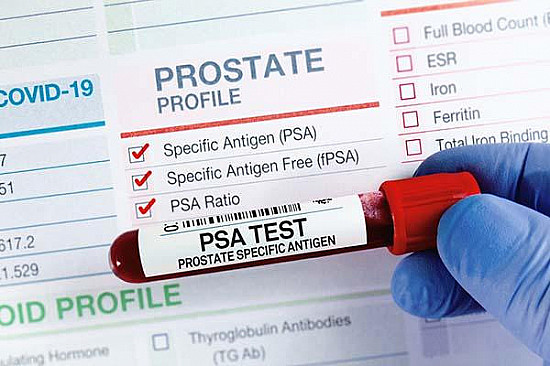Priapism
- Reviewed by Robert H. Shmerling, MD, Senior Faculty Editor, Harvard Health Publishing; Editorial Advisory Board Member, Harvard Health Publishing
What is priapism?
Priapism is an abnormally prolonged and often painful erection. This erection may not be related to sexual desire or stimulation. It often won't be relieved by orgasm.
Priapism may start after prolonged sexual activity, although this by itself is not believed to cause priapism. Most men seek medical attention within hours to days, but a few people may have a partial erection that persists for weeks.
Priapism can affect males of any age. Most cases occur in boys ages 5 to 10 years or men ages 20 to 50 years. In young boys, the most common cause is sickle cell disease. In adult males, the leading cause is drug treatment of erectile dysfunction, especially injection therapy. Other less common causes include blood diseases other than sickle cell disease, recreational drug use, trauma to the genitals or groin, other medications, and spinal cord problems.
In up to a third of cases, no specific cause can be found.
In a normal erection, the veins that drain blood from the penis narrow and cause blood to back up, which makes the penis stiffen and swell. After the veins relax and open, the penis will not be erect.
In most cases of priapism, these veins do not relax normally, which causes the penis to remain erect. This “low flow” priapsim represents a medical emergency and doesn’t usually improve without treatment.
Less commonly, priapism occurs with normally functioning veins, but more blood flows into the penis than can be adequately drained. This type of priapism (andamp;ldquo;high flow”) is usually caused by a damaged blood vessel due to an injury, surgery, or a congenital abnormality (present since birth).
Symptoms of priapism
Symptoms of priapism include:
- a painful erection that lasts longer than to four to six hours that is unrelated to secual stimulation and is not relieved by orgasm
- a partial erection that lasts longer than several days, even if it is not painful.
Diagnosing priapism
Your doctor will ask about your medical history and use of medications, drugs, and alcohol. He or she will examine you, and will order blood tests. Additional tests may include:
- an ultrasound or angiogram (x-ray using dye injected into blood vessels) of the penis
- a blood sample from the penis.
Expected duration of priapism
Usually priapism does not improve without medical attention.
Preventing priapism
In a few cases, priapism can occur more than once. If this happens, it is important to avoid medications, alcohol, or drugs that may trigger these episodes. However, in most men, priapism occurs unexpectedly and cannot be prevented.
Treating priapism
Treatment for priapism depends on the cause. For the more common low-flow cases, a physician will start by numbing the penis, and will then use a needle to remove trapped blood from the swollen penis. Often, the doctor will inject a medication that helps to relax the narrowed veins. Usually, this treatment works promptly.
The rarer cases of painless, high-flow priapism are not as urgent, may require no treatment, and rarely cause complications. Priapism often resolves over the next one to three days. You should follow up with your doctor. If the priapism persists, your doctor will likely order an angiogram. Dye that can be detected by x-ray is injected into an artery to locate the abnormal blood vessel or site of excess blood flow. A procedure to correct the problem may be recommended.
When sickle cell disease causes priapism, treatment usually starts with fluids given intravenously (into a vein), oxygen, and transfusion of non-sickle blood. If this treatment is not effective, aspiration therapy and an injected medication as described above or surgery may be required. If priapism recurs, additional treatment of sickle cell disease (such as hydroxyurea or blood transfusions) or medicines to reduce blood flow into the penis (such as pseudoephedrine) may be helpful.
When to call a professional
You should call a physician if you develop a painful or persistent erection that is unrelated to sexual stimulation.
Prognosis
If priapism is treated early, the outcome is usually excellent. However, if medical attention is delayed, the problem can cause damage to the penis and permanent erectile dysfunction.
Additional info
Urology Care Foundation
https://www.urologyhealth.org/
About the Reviewer

Robert H. Shmerling, MD, Senior Faculty Editor, Harvard Health Publishing; Editorial Advisory Board Member, Harvard Health Publishing
Disclaimer:
As a service to our readers, Harvard Health Publishing provides access to our library of archived content. Please note the date of last review or update on all articles.
No content on this site, regardless of date, should ever be used as a substitute for direct medical advice from your doctor or other qualified clinician.















